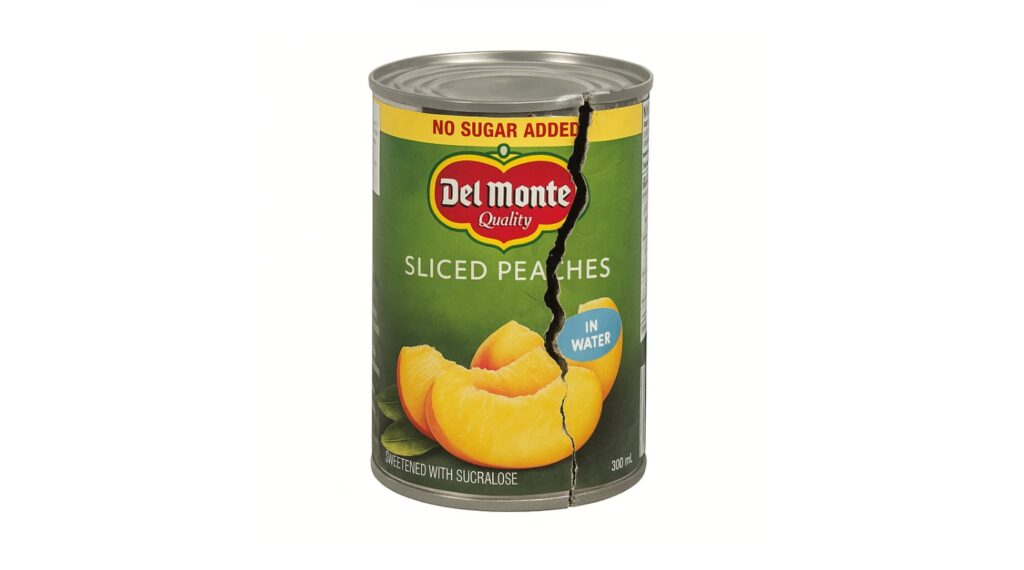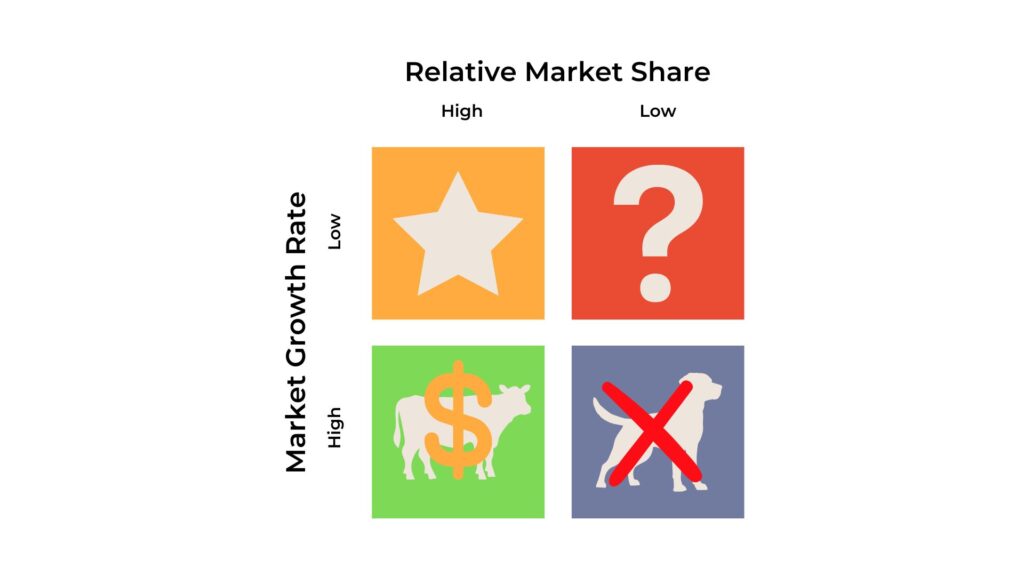Ozempic isn’t just changing waistlines—it’s reshaping product strategy across the CPG sector.
In 2024, Novo Nordisk, the maker of Ozempic and Wegovy, reported growth of up to 27 percent. Ozempic alone saw a 52 percent sales increase, while the broader obesity drug segment (including Wegovy) grew by a staggering 154 percent.
This isn’t a flash trend. It’s a systemic shift in how millions of people eat, snack, and shop—and CPG brands are responding.
How CPG Leaders Are Adapting
Nestlé’s Vital Pursuit: Designed for GLP-1 Users
Nestlé launched Vital Pursuit, a frozen meal brand tailored specifically to the needs of GLP-1 users or those managing weight. These meals are:
- High in protein
- A good source of fiber
- Fortified with vitamin A, potassium, calcium, and iron
- Offered in adjusted portion sizes, acknowledging GLP-1’s appetite-suppressing effects
Abbott’s Protality: Protein for Muscle Maintenance
Abbott has launched Protality, a protein shake line designed to support adults losing weight while maintaining muscle mass—a common concern for GLP-1 users. This aligns with Abbott’s broader commitment to science-backed nutrition tailored to emerging health needs.
General Mills’ Super Mac: Reimagining the Familiar
General Mills revamped Annie’s Mac & Cheese with Super Mac, a high-protein (15g) version compared to the usual 9g. The company also announced lower-sodium and lower-sugar innovations in its Betty Crocker baked goods portfolio.
What These Brands Have in Common
Across all three, clear themes emerge:
- Higher protein and fiber
- Lower sugar, sodium, and calorie profiles
- Fortification with essential micronutrients
- Controlled portions that align with new eating patterns
These changes are not only pragmatic—they signal empathy. They meet consumers where they are, physiologically and behaviorally.
Projected Market Impact
Ozempic and other GLP-1 drugs are on track to reshape not only personal health, but also broader consumer behavior.
- As of 2024, about one in eight U.S. adults has tried a GLP-1 medication.
- GLP-1 prescriptions, including Ozempic, Wegovy, and Mounjaro, are filling at a rate of over 3.6 million per month.
- Analysts forecast that by 2030, nearly 9 percent of the U.S. population—or approximately 30 million people—could be using medications like Ozempic and Wegovy.
- Combined annual U.S. spending on these drugs surpassed $70 billion in 2023.
This signals a consumer segment that is rapidly scaling and increasingly influential.
What Comes Next
Personalized nutrition will accelerate. And GLP-1 users represent one of the clearest use cases for targeted product development.
Expect more:
- Mini-meals that are nutritionally complete
- Fortified snacking formats
- Messaging that respects appetite shifts without shaming them
Five Strategic Moves for CPG Teams
1. Personalized Nutrition Platforms
Develop AI-backed tools to recommend personalized meals and products based on health conditions, drug regimens, and behavior.
2. Nutrient-Dense Design
Fortify products with vitamins and minerals that GLP-1 users may miss due to reduced appetite—especially calcium, iron, and B vitamins.
3. Portable, Portion-Controlled Formats
Single-serve, grab-and-go formats are critical. Think more like pharma packs than party sizes.
4. Craveable Flavor Innovation
With appetite down, flavor has to do more work. Bolder profiles and global influences can help keep meals satisfying without relying on volume.
5. Quiet Support, Not Medical Claims
Tone matters. Products should align with the emotional context of GLP-1 usage—supportive, not prescriptive.
The rise of GLP-1s is not a threat to the food industry. It’s an invitation to innovate more precisely. Brands that embrace this shift with humility, science, and creativity will build deeper trust and relevance in a fast-changing nutritional landscape.
At 6 Seeds, we help food and CPG brands decode emerging behavioral shifts like this one—turning complex market dynamics into clear, actionable strategy.
If you’re wondering how GLP-1-driven change might affect your portfolio, product pipeline, or consumer messaging, we can help you map the opportunity.
Reach out to explore what this could mean for your brand.
If you found this useful, feel free to forward it to a colleague in R&D, brand, or innovation. These are the shifts worth staying ahead of.




